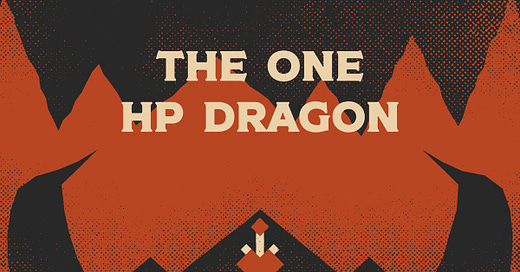My favorite thing about old-school play is its emphasis on creative problem-solving. It's one of the primary maxims of the OSR. "The solution is not on your character sheet." And, "Give players puzzles with no obvious or singular solutions." The problem is that, in my experience, the play culture and the systems they inherited have somewhat irreconcilable disagreements.
The OSR puzzle-solving works because of the expectations and culture set and reinforced by its community, procedures, and clever adventure design. But it is very easy—without introspection—to fall into the ruts and elision implied by the not-so-open-ended rules that hundreds of blogs have worked to interpret, reformulate, and codify.
But I love the idea of old-school play. Even if it never manifested as described.
So, I've been hacking away at a system with some challenging design goals. No arithmetic. No attack rolls. No hit points. No meta currency. Just sticky, open-ended puzzles covered in levers and buttons. The game I fell in love with in the late 90s, with all of its D&D DNA excised from it like a devil.
Under those conceits, combat has been difficult. This is the wishlist:
No number crunching. That means no counting damage, comparing numbers, calculating modifiers, or subtracting damage.
Dynamic story beats. Combat should have moments where it changes. I want failure, escalation, surprises, and comeback stories.
Tactical storytelling. When I hear "tactical combat," it usually involves grids, special abilities, and counting distances. I want creative problem-solving without that. More: How do I hit this flying thing? Less: How do I proc my special move using my action economy?
Want to read more?
Explorers Design migrated off Substack in early 2024. If you want to support my work, you can find me on the all-new website by clicking the button below. It’s all the content you love with a few improvements.
Until then, never stop exploring!




